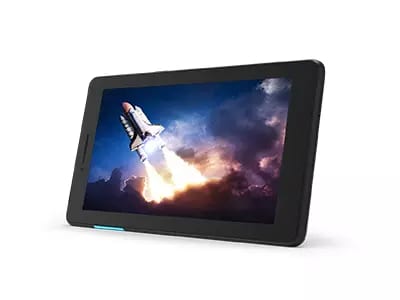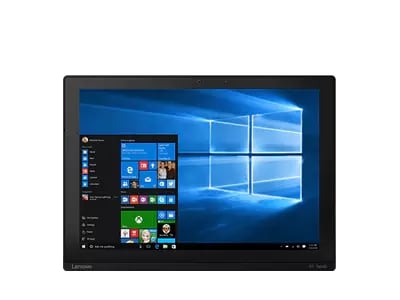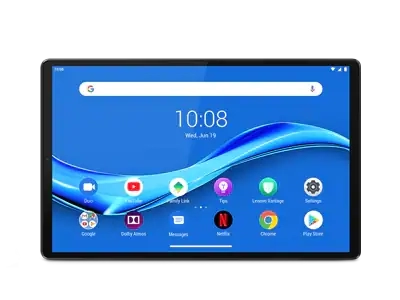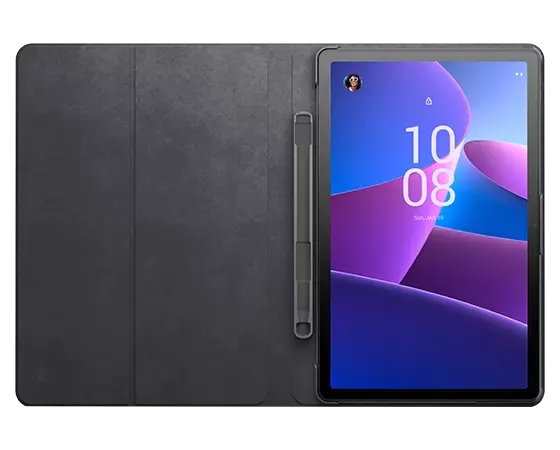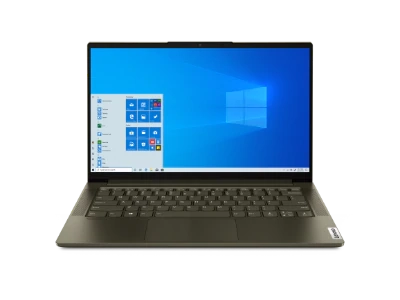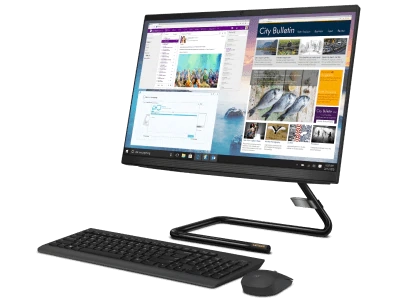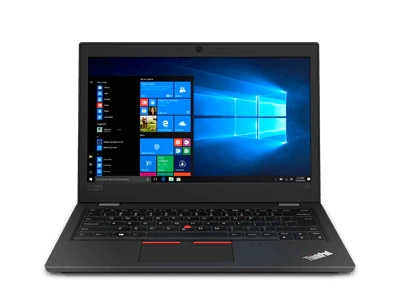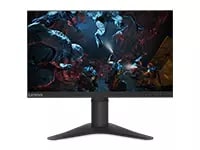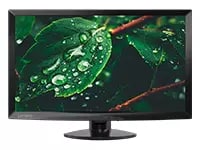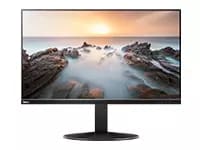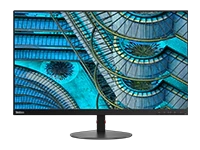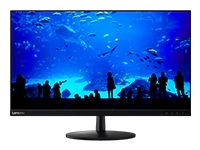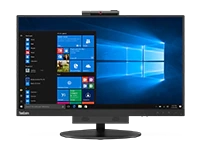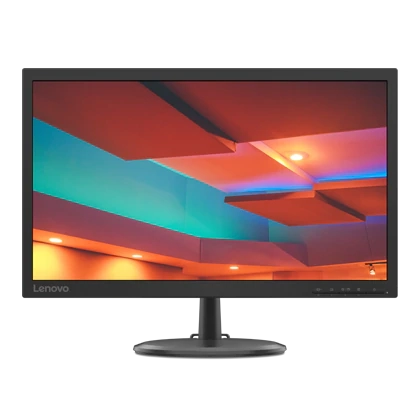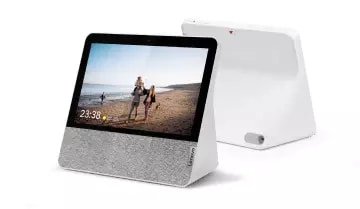Understanding Graphics Cards for Gaming Laptops
Way back in the earliest days of laptops, peoples’ expectations of what a laptop could or should do were modest. Most simply, they wanted a computer that they could take from the office to their home, or on a plane when traveling. It needed to run Windows (or Mac OS), basic productivity software like Microsoft Office, and run on battery power for a few hours. Of course, back then our expectations of computers in general weren’t that sophisticated either. Oh how times have changed.
Today, people expect as much from their laptops as their desktop PCs, and we expect a heck of a lot from both. Fast boot times, 10-hour or better battery life, ultra-light and ultra-thin, and capable of HD-level graphics – these are just some of the features that have become must-haves for most laptop buyers. For gamers, you can add another must-have feature: A high-performance laptop graphics card.
Do You Really Need a Laptop with a Graphics Card?
Theoretically, no, you don’t. Every computer has a CPU (central processing unit), which is responsible for the main computing tasks. This CPU can do everything from surfing the web, to calculating a spreadsheet, to playing games. While CPU can do it all, the more you demand of it, the slower it will run. If you demand too much – say by running a graphics-intensive game -- it can slow to a crawl.
When that happens, your game will experience choppiness, noticeable lag-times in responding to commands, and various other problems that will drastically diminish your enjoyment of the game – assuming the CPU can run it at all. With a laptop graphics card, all of the high-demand visuals are processed by a dedicated chip, which can dramatically improve a game’s smoothness and increase the resolution it can be played at.
With virtually any new laptop on the market today, they all come with some kind of GPU (graphics processing unit). We’ve reached a point where even basic tasks like watching videos can place a big burden on a CPU, so GPUs have been added to help out with any activities that involve high-demand on-screen action.
Think about it like this: Your phone can play music, no problem. It even has a built-in speaker, so you can hear that music without headphones. But that tiny little speaker has no real power behind it, and you sure wouldn’t want to use it as your main source of music. Connect your phone to a full-size stereo system, or even a decent Bluetooth speaker, and suddenly that music can fill a room, and sound amazing. That’s pretty much what adding a laptop graphics card does, but for on-screen visuals instead of sound.
By the way, if you’re wondering what the difference between a GPU and a graphics card is, when it comes to laptops they’re essentially the same thing. It’s a slightly different story on desktop PCs. Today, it’s no longer a question of “do you really need a laptop graphics card,” as much as it’s a question of “which laptop graphics card do you need?”
Integrated vs. Discrete Graphics
In the world of laptop graphics cards, there are two types, and three major companies to choose from. The first type is called “integrated graphics.” This is where the CPU and the GPU are like two sides of the same coin. They share resources like memory and occupy space on the same motherboard
Depending on your laptop, the integrated graphics will be made by Intel, or AMD – whichever one was responsible for the laptop’s CPU. The benefit to integrated graphics is mostly cost. It’s a lot less expensive to build a laptop with integrated graphics. But the shared-resource nature of integrated graphics means it can never deliver the same performance as a laptop equipped with the second type of GPU: “Discrete graphics.”
Discrete graphics laptop GPUs are made by AMD and NVIDIA®. If you’ve ever heard the words “Radeon™,” or “GeForce®,” being tossed around, it’s probably a discussion of discrete graphics cards. Discrete graphics cards are physically separate from the main computer motherboard, and possess their own dedicated memory (called VRAM, or video RAM). They don’t need to borrow any resources from the CPU, so their ability to deliver graphics performance is far less reliant on the CPU’s speed and available RAM. Many discrete GPUs even come with their own cooling system, instead of relying purely on the laptop’s fans.
If it isn’t obvious yet, we’ll just say it: If you’re serious about gaming, you won’t even consider a laptop with integrated graphics. Of course, because they’re more complex, laptops with discrete graphics are also more expensive than equivalent machines with integrated graphics.
How to Understand Product Series (NVIDIA® and AMD)
Intel’s naming convention for its CPUs is fairly straightforward: Core i3, i5, i7, with some extra information regarding the number of cores, and clock speeds (e.g. 2.4GHz). The i3 series is only for the most basic computing needs, while the i5 takes performance up a notch, and the i7 series is the current top-of-the-line.
NVIDIA® and AMD follow a similar approach with their laptop GPU names, but it’s not as immediately obvious. Here’s how it breaks down:
NVIDIA®’s GeForce® laptop graphics cards are designated with the letters GT, or GTX. The GT series is for basic computing graphics needs --- some casual gaming but nothing really demanding.
The GTX series is where things get serious. After the GTX comes a three or four digit number, e.g. 1060, 980, or 680, where the first digit (or first two digits in a four digit number) represents the generation of the GPU, and the last two digits indicate the performance level within that generation.
In previous generations, the last two digits ranged from 10 (e.g. GTX 910) an example of an entry-level laptop graphics card, up to 80 (e.g. GTX 980), which was the company’s most powerful mobile graphics chipset. With the release of its newest 10-series, however, NVIDIA® has simplified things a little. The GeForce® GTX 1050 occupies the lowest performance rung, and the GTX 1080 sits at the top of the line.
AMD’s naming convention for its laptop graphics cards has been steadily evolving. All of its consumer GPUs used to be marketed under the Radeon™ name, with chip designations like R3, R5, and R9 indicating the general performance level of the GPU, and a three digit number that covered generation and performance e.g. (AMD Radeon™ R9 300). But recently, the company has added the sub-brand “Vega” to its GPU stable of products, and it could cause some confusion.
AMD’s laptop GPUs aimed at gaming include the Radeon™ RX 500X series, with the RX 540X at the entry-level and the RX 580X as the top-performing GPU. The RX Vega series was released in Q2 of 2018 and marks the current top-of-the-line of AMD’s laptop GPUs, though it’s still rare to find laptops with these graphics cards.
You should know that AMD also uses the Vega name for its integrated laptop graphics. For instance, a laptop featuring an AMD Ryzen™ CPU with Vega graphics is a lower-end model, and not a machine with powerhouse graphics (thus the possible confusion).
Current (2018) Best Graphics Cards
Today’s best, top-of-the line laptop graphics cards from NVIDIA® and AMD are:
- NVIDIA® GeForce® GTX 1080 SLI (a version of the GTX 1080 that can run with a second GTX 1080 SLI, for up to double the power of a single card)
- AMD Radeon™ RX Vega 56
We should point out that these two graphics cards aren’t really comparable in terms of real-life performance, with the GTX 1080 far exceeding the RX Vega 56 in most commonly used benchmark tests.
Examples of current strong mid-range graphics cards are:
- NVIDIA® GeForce® GTX 1050 Ti
- AMD Radeon™ RX 560X
Other Considerations: Video Card Ram & External Laptop Graphics Cards
When it comes to actual laptop graphics card performance, the GPU itself is arguably the most important component. But just as how having a top of the line CPU, but very little RAM, your computer won’t produce great results, you also need the right amount of memory (VRAM) for your GPU.
Unlike regular RAM, laptop graphics VRAM cannot be upgraded, so you’ll need to make sure the graphics card you choose has enough VRAM to support your gaming needs. When buying a laptop with a top-tier card, like the GTX 1080, the amount of VRAM is usually already maxed out (in this case, it’s 8GB). In upper-tier cards, like the GTX 1060, you’ll probably have a choice, such as 3 or 6GB. It’s worth checking out the online forums for the games you play most to see what other players are using. You may not need to spend the extra money for more VRAM, if others have found that they can get by just fine with less.
While it’s technically possible to upgrade a laptop’s graphics card, depending on the gaming laptop , and the card in question, it can be very difficult and may even void your manufacturer’s warranty. If you think you’re going to want even more graphics power in the future, your best bet is to buy a laptop that has a Thunderbolt 3 port, or a tool-less design like the Legion gaming line of products. With Lenovo Thunderbolt technology, you can connect an external graphics card to your laptop. This option effectively grants your laptop the graphics processing power of a desktop, giving you lightweight power when you’re on the road, and blazing fast gaming speeds when back at home.
Shop Legion for PC Gaming
Our Legion line of gaming laptops is designed by gamers for gamers, and offers some of the best hardware configurations on the market. The Lenovo Legion Y Series includes laptops that are portable powerhouses, built with an impressive array of specs, including the dedicated graphics of an NVIDIA® GeForce® GTX 1060 graphics card with 6GB of VRAM.
For those whose gaming needs are more modest, our Legion Y530 15” gaming laptop is a sleek and minimal machine, that doesn’t skimp on graphic power, with a dedicated NVIDIA® GeForce® GTX 1050 Ti GPU.
It’s a great time to be an on-the-go gamer. The most recent laptop graphics cards from both NVIDIA® and AMD are no longer compromised versions of their desktop cousins. They are full-fledged gaming graphics chipsets that can power your most demanding gaming needs.
Pick your machine. Pick your laptop graphics card. Game on!


Limits: Orders limited to 5 computers per customer. For larger quantities, go to the “Where to Buy” section of the website for details of resellers and retailers of Lenovo products
Offerings and Availability: All offers subject to availability. Offers, prices, specifications and availability may change without notice. Product offerings and specifications advertised on this website may be changed at any time and without notice. Models pictured are for illustration purposes only. Lenovo is not responsible for photographic or typographic errors..
PCs shown here are shipped with an operating system.
Prices: Web prices advertised include VAT. Prices and offers in the cart are subject to change until the order is submitted. *Pricing - savings referenced off regular Lenovo web prices. Reseller prices may differ from those advertised here.
**Battery: These systems do not support batteries that are not genuine Lenovo-made or authorised. Systems will continue to boot, but may not charge unauthorised batteries. Lenovo has no responsibility for the performance or safety of unauthorised batteries, and provides no warranties for failures or damage arising out of their use. **Battery life is based on the MobileMark® 2014 methodology and is an estimated maximum. Actual battery life may vary based on many factors, including screen brightness, active applications, features, power management settings, battery age and conditioning, and other customer preferences.
Finance is provided by Duologi. Duologi is the trading name of Specialist Lending Ltd.
General: Review key information provided by Microsoft® that may apply to your system purchase, including details on Windows 10, Windows 8, Windows 7, and potential upgrades/downgrades. Lenovo makes no representation or warranty regarding third-party products or services.
Trademarks: Lenovo, ThinkPad, IdeaPad, ThinkCentre, ThinkStation and the Lenovo logo are trademarks of Lenovo. Microsoft, Windows, Windows NT, and the Windows logo are trademarks of Microsoft Corporation. Ultrabook, Celeron, Celeron Inside, Core Inside, Intel, Intel Logo, Intel Atom, Intel Atom Inside, Intel Core, Intel Inside, Intel Inside Logo, Intel vPro, Itanium, Itanium Inside, Pentium, Pentium Inside, vPro Inside, Xeon, Xeon Phi, Xeon Inside, and Intel Optane are trademarks of Intel Corporation or its subsidiaries in the U.S. and/or other countries.© 2023 Advanced Micro Devices, Inc. All rights reserved. AMD, the AMD Arrow logo, Athlon, EPYC, FreeSync, Ryzen, Radeon, Threadripper and combinations thereof are trademarks of Advanced Micro Devices, Inc. Other company, product or service names may be trademarks or service marks of others.








